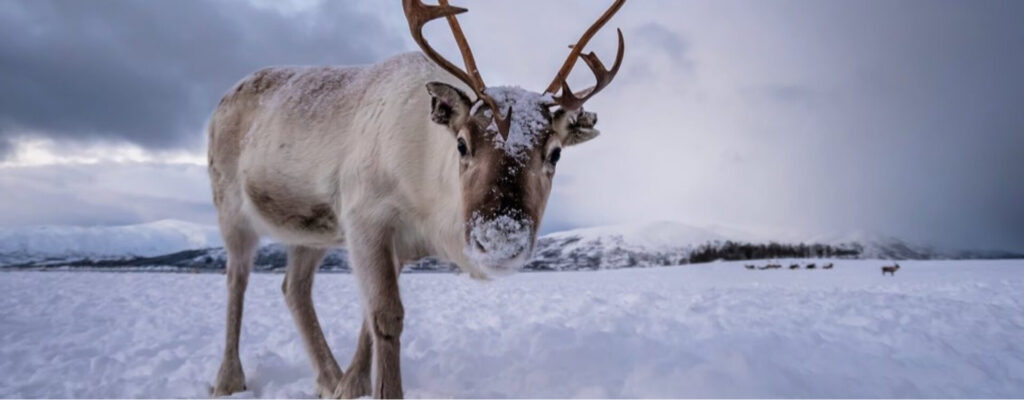Caribou are a vital part of the lives of Indigenous peoples in the Arctic and sub-Arctic regions of Canada, Alaska and Greenland. They are a central feature of many cultures and their hunting is often an important source of food, clothing and tools for generations.
Despite their adaptability, caribou populations are rapidly declining across North America. These animals are facing multiple threats, including infrastructure development and industrial logging.
Overview of Caribou as a Food Source
Caribou is an important food source for many northern Canadian communities. They are a grazer, primarily eating grasses and lichens.
They travel in herds following migratory routes to reach new habitats and to avoid despoiling their territory. They also help disperse plant seeds by distributing them in their droppings.
As a result, caribou herds never over-consume a single area of vegetation and leave the seeds they eat scattered all over. This enables plants to flourish in many different areas, providing more food for caribou and other animals living in the region.
Caribou were a primary food source for many indigenous peoples and their importance was determined by seasonal fluctuations and regional resource availability. Some cultures placed a great deal of importance on caribou, while others placed less value on it.
Culinary Uses and Traditional Dishes
Caribou is an important food source for many Indigenous peoples, primarily in Canada and Alaska. Whether it’s eaten fresh, cooked or roasted, Caribou is known for its mild flavor and high protein content.
Its low fat content makes it a healthier choice for many people who want to avoid beef. It also contains several B vitamins and minerals that are essential for human health.
The meat is very lean, and it’s easy to overcook it if you aren’t careful. Nevertheless, it’s a healthy protein and can be incorporated into a variety of dishes.
Availability and Market Trends
The availability of Caribou is relatively high in the Arctic, but there are a few factors that affect this availability. These factors include sea-ice loss, shipping, and development.
The latter has a negative effect on caribou because it can cause them to lose access to habitat. This can negatively impact their ability to reproduce and increase population sizes, as well as their health and longevity.
In addition, Caribou is susceptible to competition from other species, such as wolves. These competitors can eat their food, which can cause them to become weaker and decrease their ability to survive in the wild.
Health Benefits and Concerns
Caribou are high in protein and iron, as well as vitamin B12. They are also low in saturated fat and cholesterol.
These nutrients are essential for health and development in children. They help maintain the body’s energy levels and immune system.
They also improve skin, hair, bones, teeth, nerves and muscles.
In addition, they provide a high amount of antioxidants, which are important for healthy eyes, skin, liver, kidney and blood. They can also help prevent heart disease, diabetes and cancer.
Sustainability Issues
During the last century, caribou habitat has been degraded through logging operations and recreational use. This has resulted in population declines across the Circumpolar North.
In Labrador, for example, the George River herd has dropped 99% from its peak. This has led to the enactment of a total hunting ban for this region.
Several factors affect the availability of caribou resources, including hunting, land-use activities such as logging, and changes in forest health following disturbances like fire or pest infestation. These activities are all potential threats to caribou survival.

